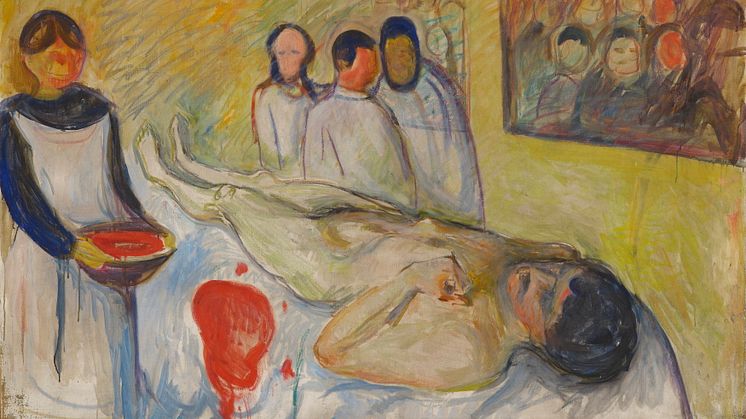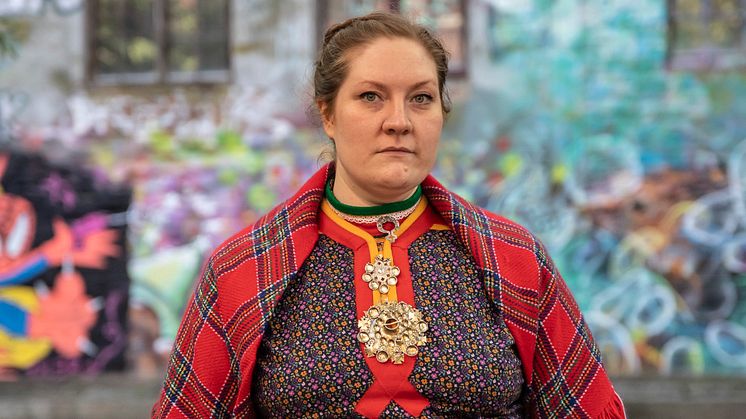
KUNSTÅRET 2026 PÅ MUNCH
Neste år åpner MUNCH dørene for et program som spenner fra nordiske ikoner til nåtidens nyskapende kunstnere. Opplev store installasjoner, uventende tilbakeblikk og interaktive møter med kunst som både beveger og inspirerer.

Neste år åpner MUNCH dørene for et program som spenner fra nordiske ikoner til nåtidens nyskapende kunstnere. Opplev store installasjoner, uventende tilbakeblikk og interaktive møter med kunst som både beveger og inspirerer.
– MUNCH Triennaln er en sentral del av museets ambisiøse satsing på samtidskunst og nye stemmer. Vi er stolte over å kunne presentere noen av de mest nyskapende verkene i samtidskunsten, inkludert arbeider laget spesielt for vårt museum, sier MUNCHs direktør Tone Hansen.

Høsten 2025 presenterer MUNCH den store utstillingen Ludvig Karsten – Rastløs, som viser en av Nordens mest særegne og undervurderte modernister. Med over 70 malerier fra både offentlige og private samlinger i Norge og utlandet, er dette en av de mest omfattende presentasjonene av Karstens malerier på over hundre år.

Den årlige prisen gis som en anerkjennelse av en kunstners karriere og kunstneriske ytringsfrihet. I år deles prisen ut for andre gang, og MUNCH er stolte over å kunngjøre prismottaker Samia Halaby. Prisen deles ut årlig av MUNCH i Oslo for å hedre kunstnerisk ytringsfrihet – som i økende grad er under politisk og sosialt press.

Den internasjonalt anerkjente kunstneren Lawrence Abu Hamdan inntar MUNCH med en kraftfull installasjon, som stiller spørsmål ved hvem som blir lidende under det grønne skiftet. I museets 10. etasje kan publikum selv oppleve hvordan lyden av 250 meter høye vindturbiner vil påvirke et lokalsamfunn på Golanhøydene.

MUNCH presenterer Livsblod - Edvard Munch, en unik utstilling som viser hvordan Munchs gripende og sanselige kunst forteller en historie om det moderne helsevesenet, og reflekterer over hvordan medisinen fortsetter å forme livene våre i dag.

MUNCH har gleden av å kunngjøre at Liisa-Ravna Finbog er ansatt i stillingen som «Førstekonservator med urfolksperspektiv». – Ansettelsen markerer et viktig steg i museets arbeid for å bygge et mangfoldig kunstfelt.
